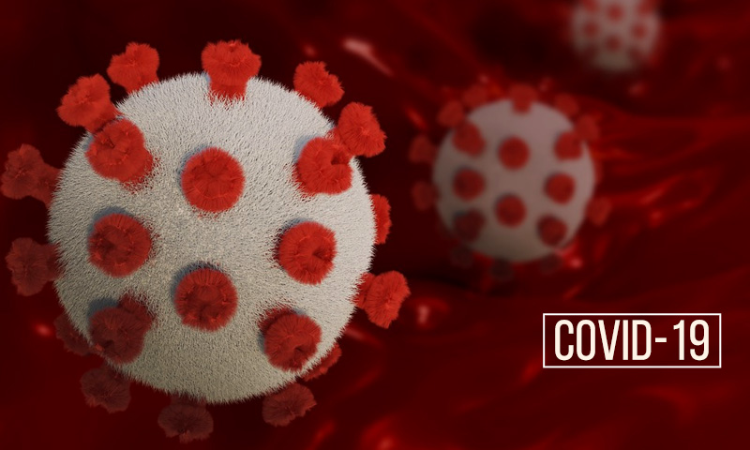As of my last knowledge update in January 2022, the COVID-19 pandemic had seen multiple waves globally, characterized by surges in infections followed by varying degrees of decline. These waves were influenced by factors such as the emergence of new variants, vaccination rates, public health measures, and human behavior.
Different regions and countries experienced waves at different times, with fluctuations in case numbers, hospitalizations, and fatalities. Efforts to control the spread of the virus included vaccination campaigns, mask mandates, social distancing measures, travel restrictions, and lock downs, among others.
Please note that the situation might have changed since then, and I recommend checking the most recent updates and guidance from reliable health authorities and news sources for the current status of the COVID-19 pandemic and its waves in 2023.

Points To Avoid Risk Of COVID-19
To reduce the risk of contracting COVID-19 and limit its spread, consider following these guidelines, which were recommended up to my last update in January 2022. Please note that these recommendations might have evolved, so it’s essential to stay updated with the latest guidance from health authorities:
- Get Vaccinated: Vaccination has been a critical tool in preventing severe illness and reducing transmission. Keep up with booster shots if recommended by health authorities.
- Practice Good Hand Hygiene: Wash your hands frequently with soap and water for at least 20 seconds, especially after being in public places, coughing, sneezing, or touching surfaces.
- Wear Masks: Wear a mask in indoor public settings or when around people who don’t live in your household, especially in areas with high transmission rates or where mandated by local authorities.
- Practice Social Distancing: Maintain physical distance (at least 6 feet) from others, especially in crowded or enclosed spaces.
- Stay Informed: Keep yourself updated with information from reliable sources such as the World Health Organization (WHO), Centers for Disease Control and Prevention (CDC), or your local health department for guidelines and updates.
- Avoid Crowded Places: Minimize close contact with individuals outside your household, especially in crowded areas, poorly ventilated spaces, or places with inadequate airflow.
- Follow Quarantine and Isolation Guidelines: If you’ve been exposed to someone with COVID-19 or tested positive yourself, follow the recommended quarantine and isolation protocols to prevent spreading the virus.
- Practice Respiratory Etiquette: Cover your mouth and nose with a tissue or your elbow when coughing or sneezing, and dispose of tissues properly.
- Clean and Disinfect Surfaces: Regularly clean and disinfect frequently touched surfaces, such as doorknobs, light switches, and counter tops.
- Avoid Touching Your Face: Refrain from touching your eyes, nose, and mouth with unwashed hands to reduce the risk of transferring the virus from contaminated surfaces.
Remember, guidelines and recommendations can change based on the evolving nature of the pandemic and the emergence of new variants. Stay updated with the latest information and guidelines provided by health authorities in your area to protect yourself and others from COVID-19.